How to Start Exploring Nature with Children
This post may contain affiliate links. For more information, please read my disclosure policy.
Have you wanted to get outside and enjoy nature study with your kids?
I received Exploring Nature with Children for free. All opinions are my honest opinions and I was not required to post a positive review. For more information, please read my disclosure.
Exploring nature with children is something you would think is easy to do.
Just snatch an art journal or some nature journals, grab the kids, and enjoy a leisurely walk outside in the natural world. Explore the birds, the bees, and the clouds overhead. Look at the rocks and flowers on the ground. And sit down and draw for a few minutes.
Sounds easy, doesn’t it? Instead, when you head outside, you forget the journals. The kids race ahead as fast as their feet can propel them.
Stop to observe nature? Only if you can catch them!
Exploring Nature with Children
So I told myself one day I would find a good nature study curriculum.
- A curriculum that would allow us to study nature in our own backyard or the local park.
- One that was adaptable to all my kids, from my preschooler to my senior in high school.
- One that was easy to use.
- A nature study that would include easy weekly themes.
- One that includes a nature craft for the kids and I to enjoy each week.
- And one without too many decisions to make. Let me just open it and go.
And that’s exactly what I discovered in Lynn Seddon’s Exploring Nature with Children curriculum! An amazing year-long curriculum that’s easy to use for a wide range of ages. And one I could easily use at home, no matter if we lived in the country or in an urban setting.
Plus, the study isn’t based on the school year. It’s an entire calendar year of nature study based on the Charlotte Mason method. It includes information about the autumn equinox as well as the winter solstice. And while Lynn Seddon lives in the United Kingdom, the information is just as relevant to someone like me living on the west coast of the United States.
So, let’s take a close look at the Exploring Nature With Children curriculum!
Exploring Nature with Children is divided first into the months of the year, and each month has four weeks of nature study laid out with a weekly theme. The weekly themes vary with the season, so you’ll have the opportunity to study Christmas flowers, such as the poinsettia in December.
Week one of September covers seeds.
To be perfectly honest, I was wondering why study seeds in the fall. Shouldn’t you study seeds in the spring when they begin to sprout?
Nope! Studying seeds in the fall is perfect. As Lynn explains in her curriculum on p. 18,
As summer fades, plants are making seeds instead of flowers. This provides food for many creatures through autumn and winter, and enables many plants to grow again the following year.
This week, we are going to learn about the part of a plant’s life cycle known as dispersal. This is how the seeds travel away from the parent plant and each other.
And you can even use Exploring Nature with Children as a Science Curriculum
Since my older children keep groaning every time I mention nature study, I decided to skip them for now and use Exploring Nature with Children as science for my younger children.
First, I checked out a nature book from the local library recommended by Exploring Nature with Children, Gail Gibbons’ From Seed to Plant. My little ones and I read the book.
You actually don’t need to check out any nature books because Lynn includes a brief note about each week’s topic. I adore the books by Gail Gibbons, though, and try never to miss a chance to check them out to read to my kids.
Now it was time for hands-on activities. We went outside to the yard the next day to see how many seeds we would find. To be honest, I expected to find only 2 or 3 different types of seeds. Instead, we found dozens without spending much time searching.
There were still blackberries hanging from the vine. Dandelion fluff and grass seeds abounded in the yard. The trees in our yard were dropping acorns, pods, and pears. Flowers had seeds hanging from their stems. We spent a happy hour searching for seeds in our yard. Not only was it a great way for my young children to get some physical activity and vitamin D, but they also got to experience nature in their own backyard!
Eventually, I dragged the kids inside to reread Gail Gibbons’ book. Then we grabbed three bean seeds to see if we could sprout them. One did. It’s still growing!
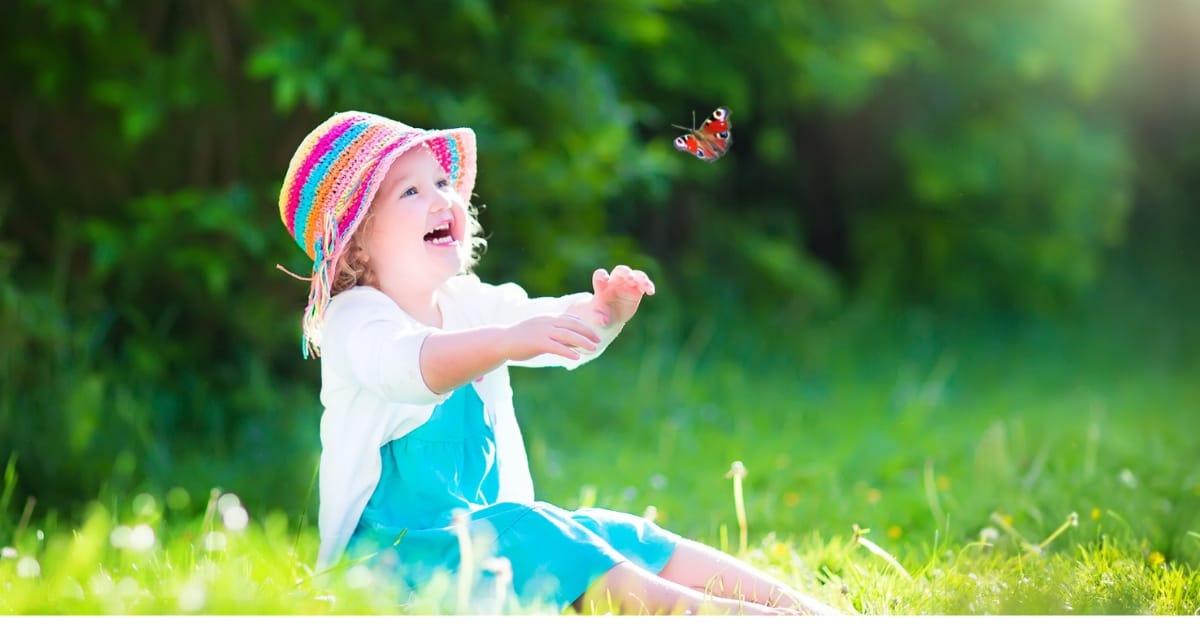
Enjoy Extension Activities
And there are other wonderful activities that go along with the study of seeds. These activities not only include more outdoor activities, but there’s also an art selection and poetry for further study.
For instance, Lynn recommends enjoying the poem Autumn by Emily Dickinson and studying the artwork Squirrels in a Tree by Archibald Thorburn.
I love adding poetry and art to my kids’ nature studies!
Plus, you get more extension activities!
You can set up a nature table for each month. Little ones love to collect seeds, leaves, and critters. And a nature table gives you a place to store their treasures and to bring nature into the house after you’ve been exploring nature together. Plus, the kids will enjoy spending time outside looking for nature treasure and organizing them on the table.
Just think, you can do your nature sketches for your nature journal curled up in the warm kitchen, drinking hot chocolate, listening to the recommended music, and studying the various pieces of art. Since all the different things are well organized, it takes less time to gather the kids for a little bit of fun using this fabulous complete curriculum than it does to hand them busy work to keep them occupied.
Spring Pond Study in March
If you fast forward to the second week of March, you’ll find a spring pond study. You can grab a magnifying glass and field guides. And head down to your local pond to look for frog and toad spawn in the waters.
Your youngest kids will enjoy the outdoor play time near the water, so you’ll have to remind them of first things first. Look for frog and toad eggs! Then head out on a nature walk to observe the changes that have occurred as the seasons changed.
Again, you’ll find artwork to enjoy, a poem for the week, book lists, and even extension activities appropriate for all of your kids!
And the next week, you will be studying the vernal equinox! It’s an excellent time to review why we have and need seasons. The nature walk varies this week to one looking for signs of spring as the seasons change. Are you able to find wildflowers, bees, or leaves on the trees?

Use with All Ages
Earlier, I mentioned that the Exploring Nature with Children curriculum can be used for all ages. The curriculum is developed and especially ideal for elementary and middle school kids. Obviously, it’s easy to adapt it for preschool and kindergarten, although I do skip quite a bit with them.
But what about high school?
Teenagers are a breed apart and don’t necessarily want to go on field trips or head outside for some fresh air.
The beauty is that each week features a poem to memorize, a piece of art to study, extension activities, and related readings in the Handbook of Nature Study.
The poetry, artwork, and extra activities and readings make wonderful additions to your teenagers’ studies. And these are additions you can include without adding hours of work to their day!
And high school teens are able to go deeper into the nature studies. Instead of glancing at all the seeds in the world, they can sketch, compare, and memorize the Latin names of the types of seeds found. They can explore nature by dissecting seeds, flowers, and plants! They can develop new skills as they build their own nature journal using the Charlotte Mason approach.
Plus, you can connect nature study to the study of biology, earth science, or chemistry. You can do this through a guided nature walk or discussing how the weekly topics fall into the study of formal science disciplines. For example, the study of seeds falls into the study of biology and genetics. So does the study of frogs and toads!
However, the study of the vernal (spring) equinox also includes the study of astronomy as you look at how the Earth spins around the sun.
Show how they are intertwined. After, we tend to think of science happening in pristine labs locked away under a mountain or in the basement of a university.
But science doesn’t happen there. Science happens in the outside world, in nature, and in the home. Scientists find inspiration and questions are they study the outside world, making nature study the perfect way to introduce your children to science and scientific concepts.
Using Exploring Nature With Children
Exploring Nature with Children is a curriculum that’s so well developed that your children will benefit from using it year after year. You can choose different extension activities for each rotation.
Plus, you can dive deeper into the science and background of your nature study as the kids mature. For instance, you can review the different types of seeds before taking a look at the variations within the types.
After all, some seeds are designed to be transported by animals. How is a seed that’s transported by a bird different than one that hooks into fur? Encourage your kids to record the differences in their nature journals and to review what they wrote the year before. They’ll be amazed at how much more knowledge they have this year than they had last year!
So if you’re looking for a delightful way to include nature study in your homeschool, be sure to check out Exploring Nature with Children by Lynn Seddon. It’s a delightful curriculum that will enrich your family’s studies year after year.
Grab your copy of Exploring Nature with Children today!
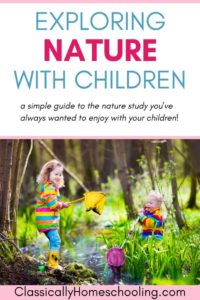

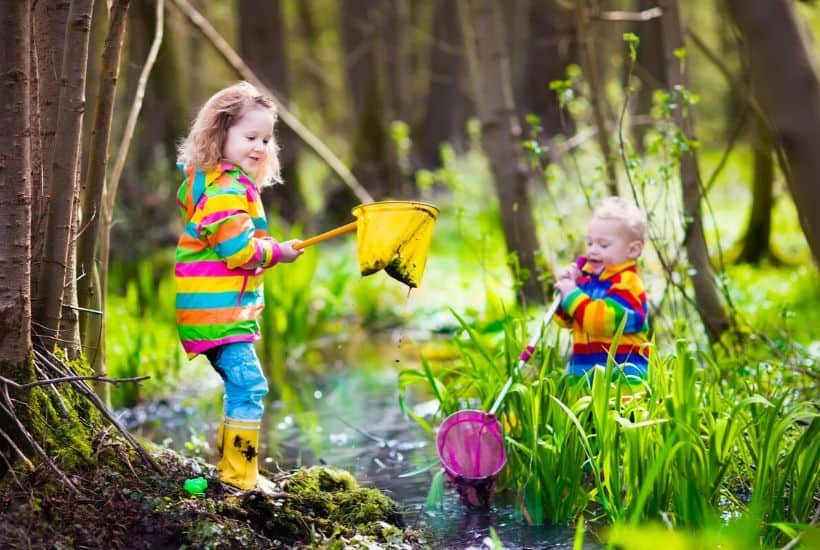
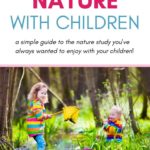

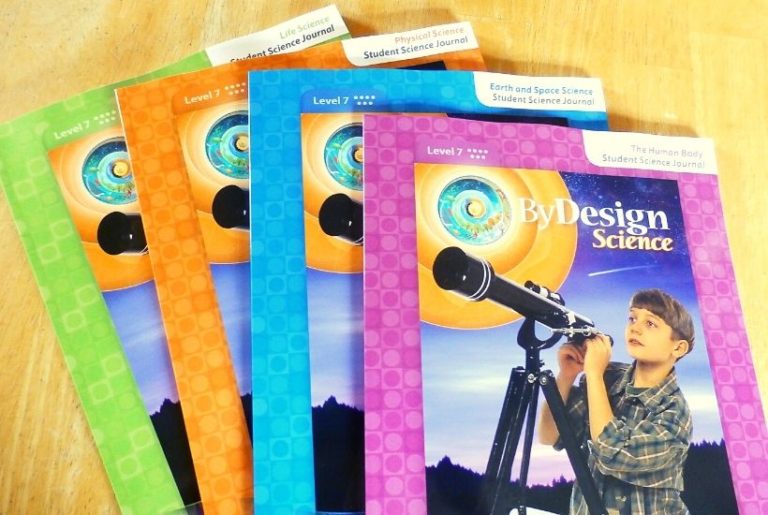
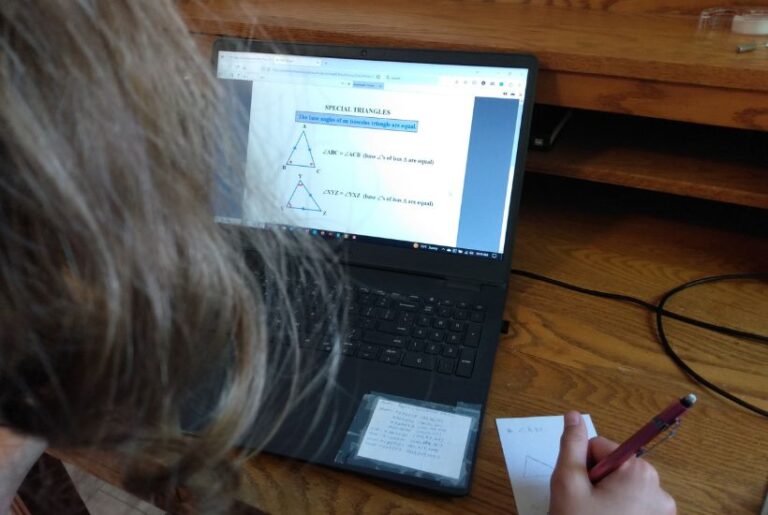
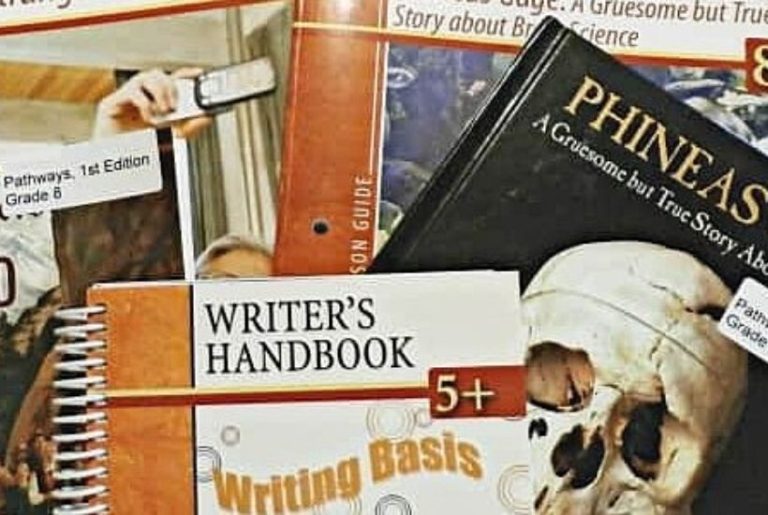
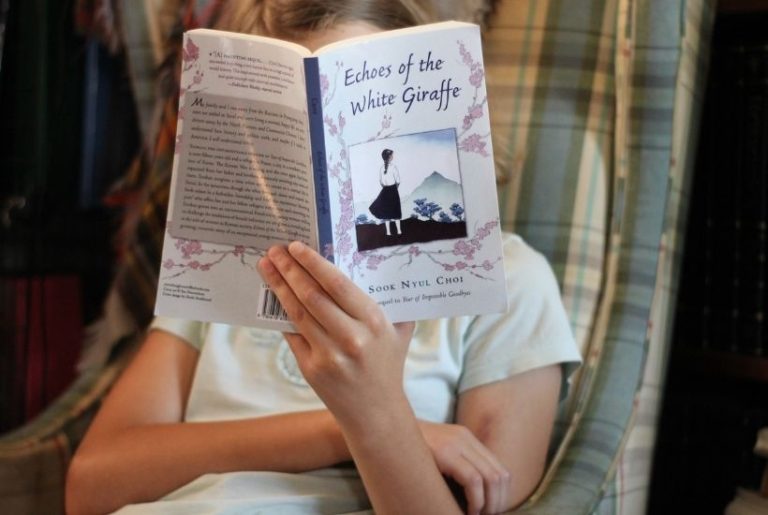
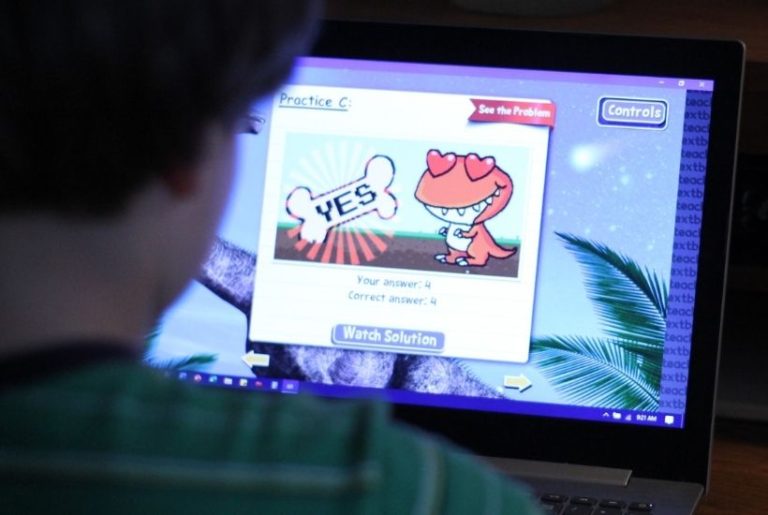
Thank you for this post/review!!!
I am looking to start nature study with my young teen ( any when I mention it, her eyes roll).
Thank you for mentioning your high schoolers and how it’s going!
My pleasure, Juliana! I’ve enjoyed using Exploring Nature with Children with my kids. 🙂
I saw you leave this link on MIchelle’s page. I love this!! Awesome!
Thanks, Kristin! 🙂
Thank you for this post. I have this and haven’t effectively used it. I think I was making it too complicated.
Will definitely try again.
Do so. It’s a delightful curriculum, Marla! 🙂
I’m not in search of curriculum right now, but I’m a huge advocate of observing nature around the yard and local parks. There are so many details that the kids miss if we don’t point them out. The ones that have been trained to look at the details find the most amazing things!
Thank you so much for sharing about this! I’ve been desperately searching for an all inclusive Nature Curriculum meant for (or at least usable by) older children. Seems most authors of curriculum feel middle/high school we must move to textbooks….I so disagree. I love incorporating nature into our day, especially while traveling. There is so much to be learned….however, I tend to get “home school mom block”…so having something like this for ideas is perfect! I’m thinking of using it in conjunction with Magic Forest Academy (Stage 2), who I read is working on releasing a curricula for High School students soon (Stage 3). So far these are the best written out programs I’ve found yet. 🙂
I bought this book years ago, and have yet to get past the 2nd lesson because I was overkilling it. But I look forward to using it every year! 🫣 Thank you for the reminder that the book (and the outdoor excursion) are enough! I’m hoping to slow down, snuggle up with my kids, and read more together this year, but thank you for permission to not do the maximum possible at all times! 🙃